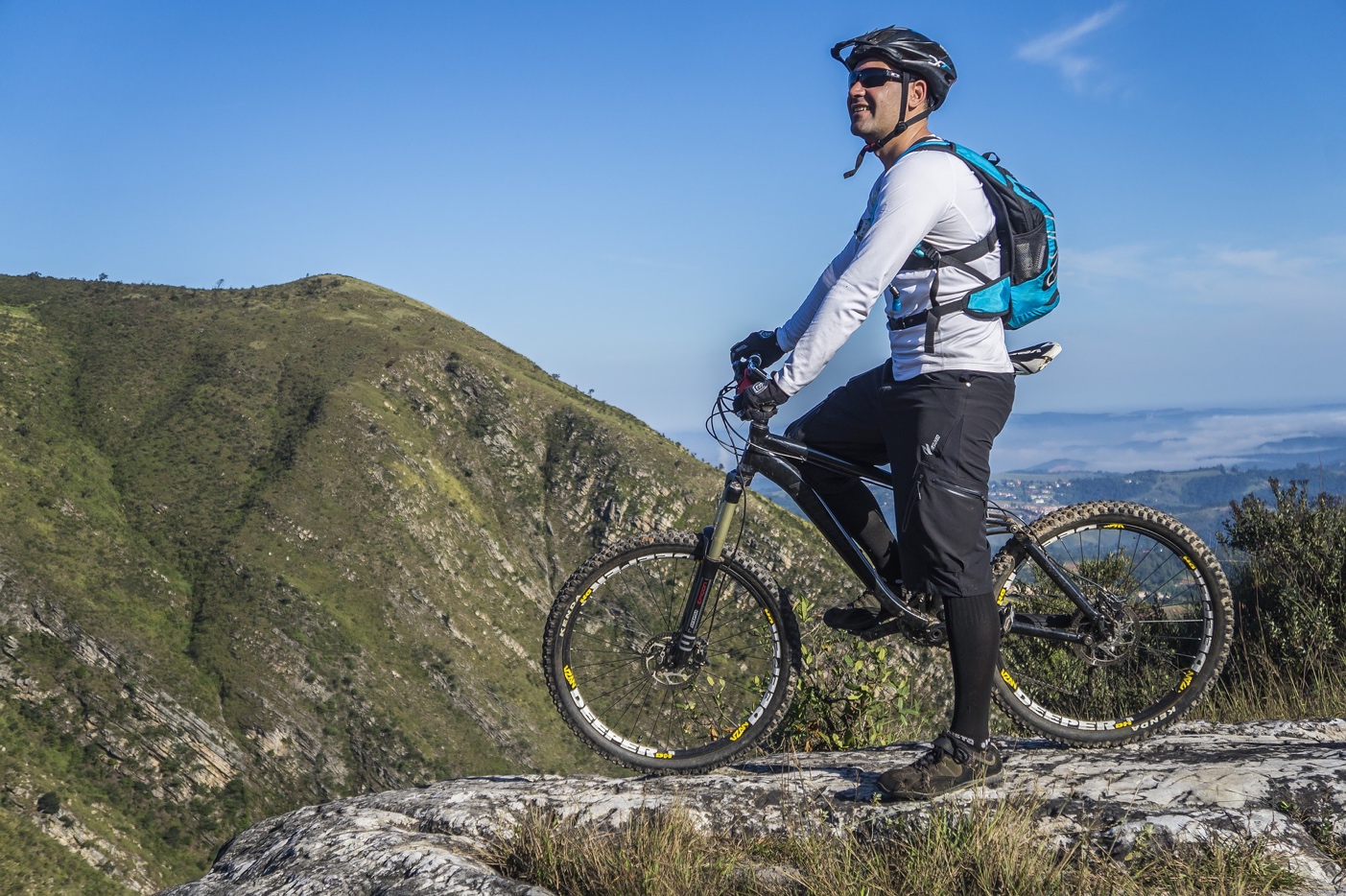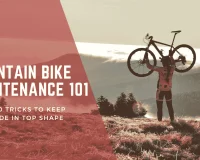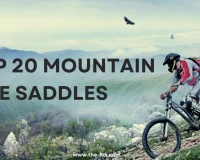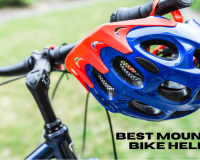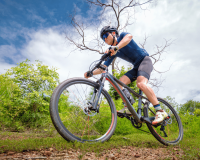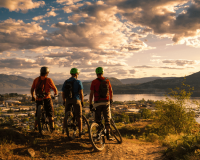A LOT OF Bike orders are coming in right now. If you’ve tried to order…
There’s a bike craze going on these days. The bike boom is in full swing if you’ve bought any parts lately, much less bought a new bike. For various reasons, this means more new riders are hitting the trails. Learning where to start and what resources to trust can be challenging if you’re among the beginner mountain bikers out there. We are here to offer an alternative opinion to a few common myths we tell beginner mountain bikers and hopefully help new riders enjoy our fantastic sport without ending up in a YouTube crash reel.
Learn to ride on a hardtail
It can be uncomfortable to ride a mountain bike for the first few times. A novice rider may feel nervous or even fear as they learn to ride, but experienced riders may discover strange, new sensations that are not noticeable to novices. It can be jarring for a beginner to ride a hardtail.
It is constantly slamming the rider in the crotch because the rider hasn’t learned how to absorb the impact of the bike. As much as we have heard the arguments about what hardtails can teach a new rider, we believe this idea puts the cart before the horse. First rides have the purpose of hooking new riders, of getting them enthusiastic about the sport, but they need to enjoy the ride to do that.
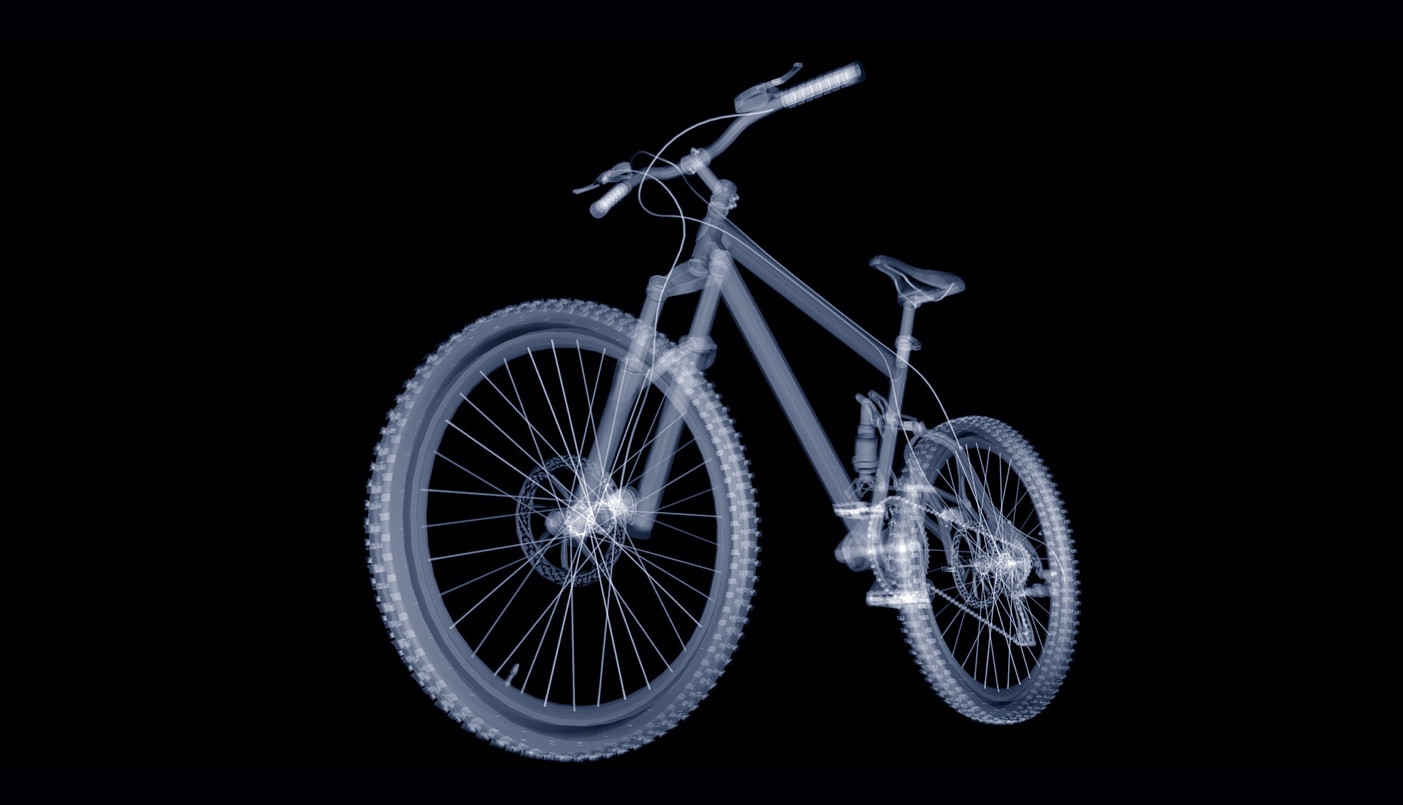
A full-suspension bike provides the smoothest introduction in technical riding due to its more excellent traction, better stability and control, and less rider impact. Understanding the differences between hardtails and full squishy, maybe you’ll be more prepared to make the right decision.
You shouldn’t use your front brake
It is possible to reduce speed using only the rear brake. However, it may be best to ease into it and practice on low-stress terrain first. When you slow down safely, the front brake provides you with much more stopping power and control.
The vehicle can lose traction due to a skid and cause a significant wipeout when using aggressive rear braking. The dreaded “over the bars” crash can also result from slamming the front brake. Let us step back and look at this from another angle.
The rider needs to understand how to use the levers correctly. You should constantly tap the brakes to check your speed when you’re first starting. That way, you won’t break too abruptly and crash into an endo.
A real mountain biker only uses clipless pedals.
Mountain bikers still reject flat pedals despite the changing times, even though a surprising number of people say so. It is the preferred riding style of many of the world’s top riders, including professional downhill racers, trail riders, and many of the insanely skilled shredders seen ripping down black-diamond trails everywhere. Here’s the real story: clipless pedals are no problem once riders have skills and confidence, but they can be a disaster for newbies.
The first time a mountain biker learns the sport may be better suited to learning it on flat ground, even if they are already familiar with clipless systems from riding road bikes. It is common for beginners learning to ride on trails to have slower reaction times, and it can be the difference between an avoidable crash or high-siding it off the path that takes them an extra nanosecond to unclip.
As well as preventing many bad habits, learning how to ride flat pedals provides riders with tangible skills they can take forward to any pedal system they may choose to use later in life. When you find some flow on your backyard trails, you can add the variable of a clipless system.
Meanwhile, invest in some sturdy flat pedals with pins (not those worthless plastic ones that come stock on some bikes). Your mountain bike setup won’t be complete without sticky-rubber shoes.
Riding is the best way to learn
New riders can make enormous improvements by getting instruction, avoiding dumb crashes, and bad habits that they might get from just “riding.” Every sport has lessons and coaches, be it team sports like soccer or basketball or individually focused sports like skiing, golfing, and swimming. The stride of a runner can also be improved by coaching.
What are the reasons for not offering lessons for beginners in a sport such as a mountain biking? A more formalized instruction and attending clinics will not only help them improve more rapidly, but they will also gain more confidence.
Learn to ride a cheap bike or a hand-me-down.
Even though the reasoning behind this may be to save money or to allow a new rider to get a feel for the sport before investing in a bike, learning a technical sport on defective equipment may deter them. It would help if you didn’t remember to ride a mountain bike with cantilever brakes or ride a bike that’s not correctly sized.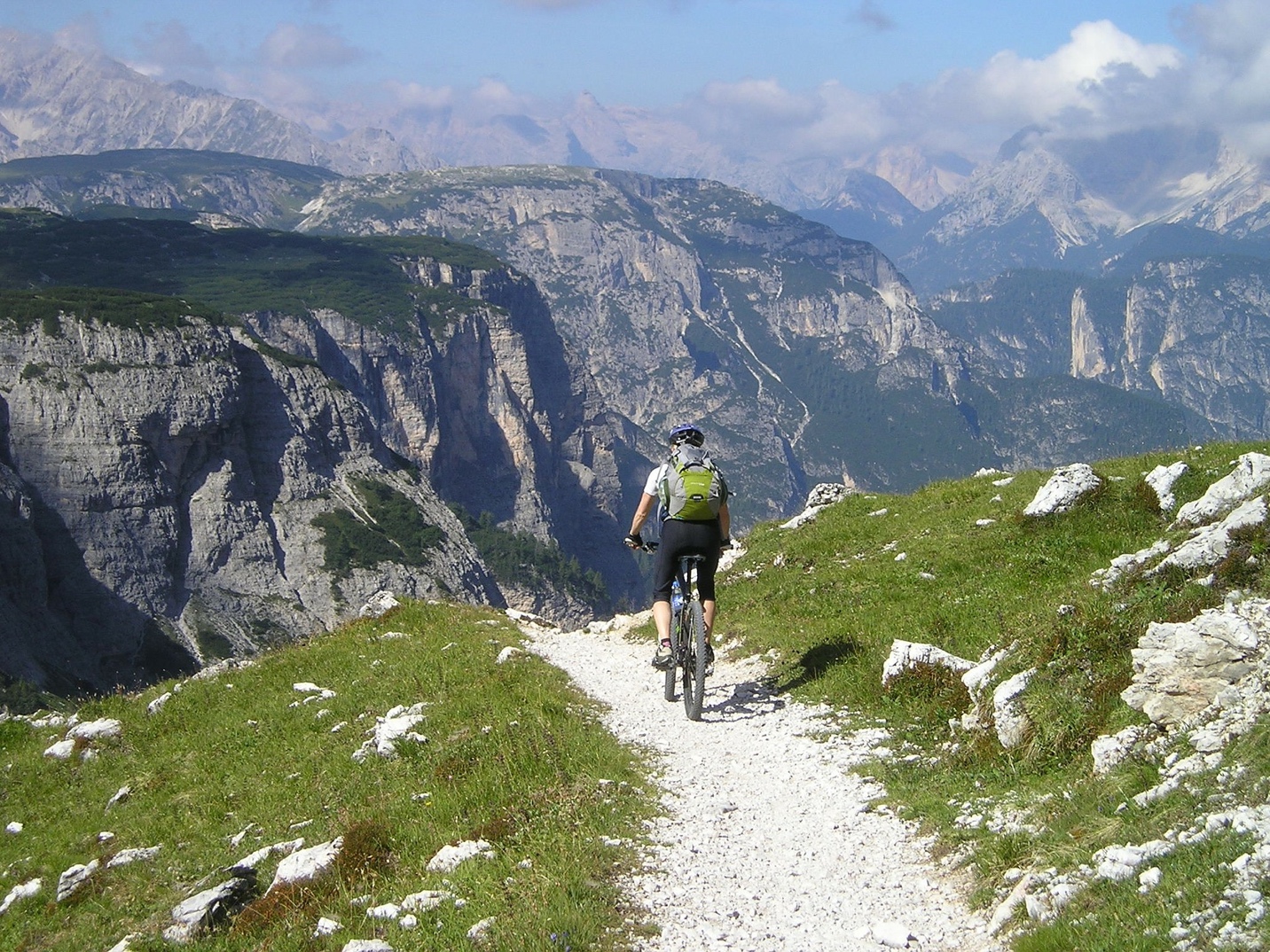
Trying out a demo bike or renting one for a few days shouldn’t break the bank, and giving new riders a real sense of what’s available on the market shouldn’t be too expensive. The idea of having a positive first experience goes back to riding an appropriate-sized, high-quality bike. New riders who find themselves hooked should determine a reasonable budget and compare used and new bikes. On the other hand, learning to ride does not require a $7,000 mmountain bike. You can find an affordable option.
There is more danger in mountain biking than in road cycling
If a person adheres to this theory, they must live in a place with little or no traffic. There is very little chance of being struck by a driver texting and driving while mountain biking, as many trails are closed to motor vehicles.
It is likely that most road-biking friends, if not themselves, have a friend who has been hit by a car. The risk of riding in technical terrain comes with trail riding –and therefore comes with the territory — but you are much more likely to die in a car than you are to suffer a severe injury while mountain biking. As you’re pushing the limits of what you are comfortable with, you should always check in with yourself – accidents or miscalculations can happen, but riders always have the option of setting their limits.
It’s all about pushing the limits as a mountain biker.
Although adrenaline-inducing athletic displays can often be inspirational and even entertaining, let’s not lose sight of reality. A new rider likely doesn’t have such ambitions, and most intermediate and advanced riders can handle intermediate terrain. There are riders at every level in this sport, regardless of their goals. It’s hard to think of any better way to escape the office and the computer screen than to pedal along easy trails. The course would be safer if there weren’t so many angry rats.
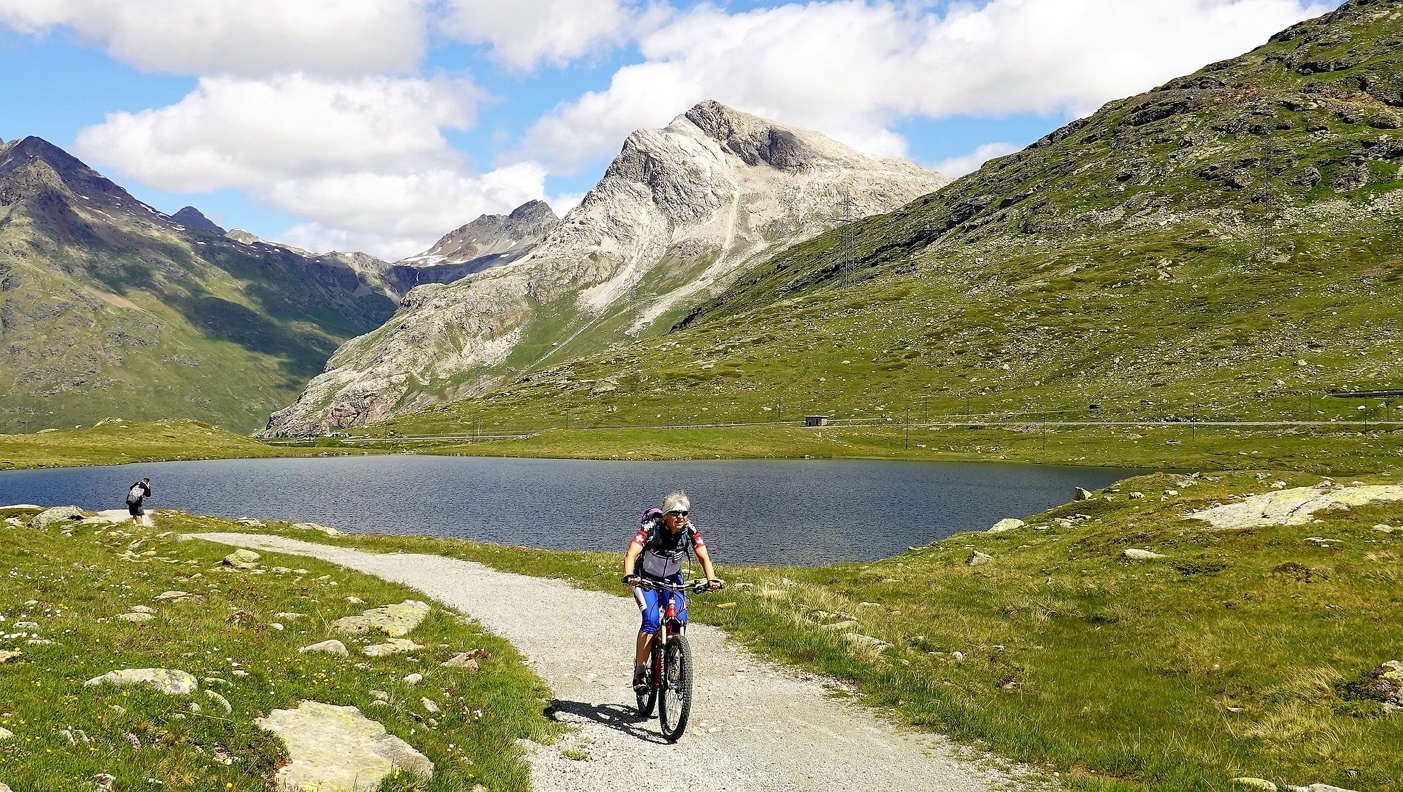
The above points are simply suggestions to get you started, as there are no hard and fast rules. As a beginner, remember to have a positive experience when you’re on the trails. You’re likely to become hooked by mountain biking if your first few rides are a fantastic experience.

